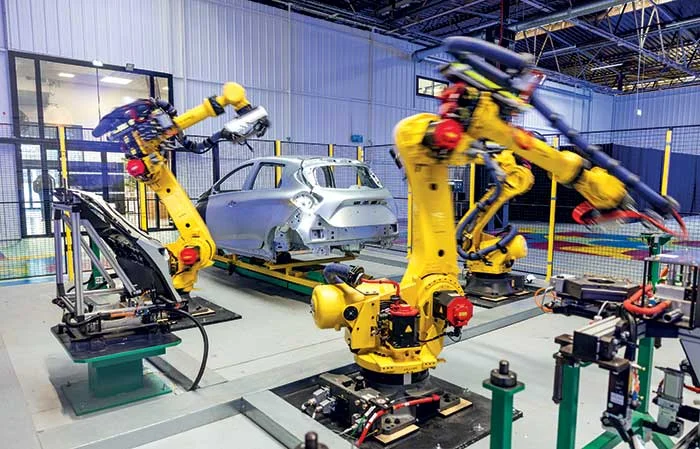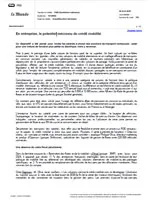


Summary — Artificial intelligence (AI) and the car: increasing integration
Artificial intelligence is increasingly being deployed in the automotive sector, affecting all aspects: from driving to GPS, from production to after-sales, including fleet management and insurance.
1. Definitions and principles of AI in the automotive industry
- AI is defined as the ability to reproduce human behaviors (language, vision, decision).
- It goes beyond classical algorithms by integrating reasoning and machine learning.
2. Embedded AI and autonomous driving
- Vehicles use sensors (radars, cameras, lidars) and processors to analyze the environment.
- AI is mainly used for advanced driver assistance systems (ADAS): emergency braking, adaptive control, level 2 semi-autonomous driving.
- The complete autonomous car is held back by legal, technical, and psychological obstacles.
- Learning takes place offline (before marketing) to ensure safety.
3. Navigation, telematics and fleet management
- The AI optimizes navigation in real time by analyzing traffic, weather and signaling (ex: Waze, Here).
- It eventually integrates connected infrastructure data (V2X) to regulate urban traffic.
- For fleets, telematics collects technical, geographic, and behavioral data, facilitating the management, maintenance, and distribution of vehicles.
4. Advanced analysis and decision making
- AI makes it possible to adjust maintenance plans and issue accurate alerts to reduce operating costs and CO2 emissions.
- Examples: Optimum Automotive, Solera (Qapter, eDriving) offer tools for analyzing and automatically detecting damage, optimizing behavior and TCO.
5. AI and after-sales
- Predictive maintenance anticipates breakdowns and optimizes interventions to limit downtime.
- AI directs customers to the right contact person and automates support via chatbots.
- It improves customer experience and loyalty, while generating revenue for manufacturers and networks.
6. AI in production and the factory
- Renault uses AI in its factories to assist operators (DWS tablets) and optimize decision-making in real time.
- AI automates quality control (e.g. detecting tire compliance with Google Cloud).
- Collaborative robots (cobots) validate parts automatically.
- The concept of a digital twin (RVT) makes it possible to centralize data over the entire life of a vehicle.
7. AI and logistics
- AI optimizes inventory management, flow management, and supply chain planning.
- It helps to anticipate breakdowns, manage crises (e.g. shortage of semiconductors) and offer solutions in real time.
8. AI and car insurance
- Insurtechs use telematic data to better assess risk and adapt premiums.
- Example: Zego offers flexible contracts and optimizes proactive risk management, reducing claims and costs.
Conclusion
Artificial intelligence is gradually transforming the car, from driving to fleet management, including maintenance, production and insurance. This transformation promises better safety, optimized costs, a better customer experience, and a reduced environmental impact, while remaining supervised to guarantee the safety of users.








